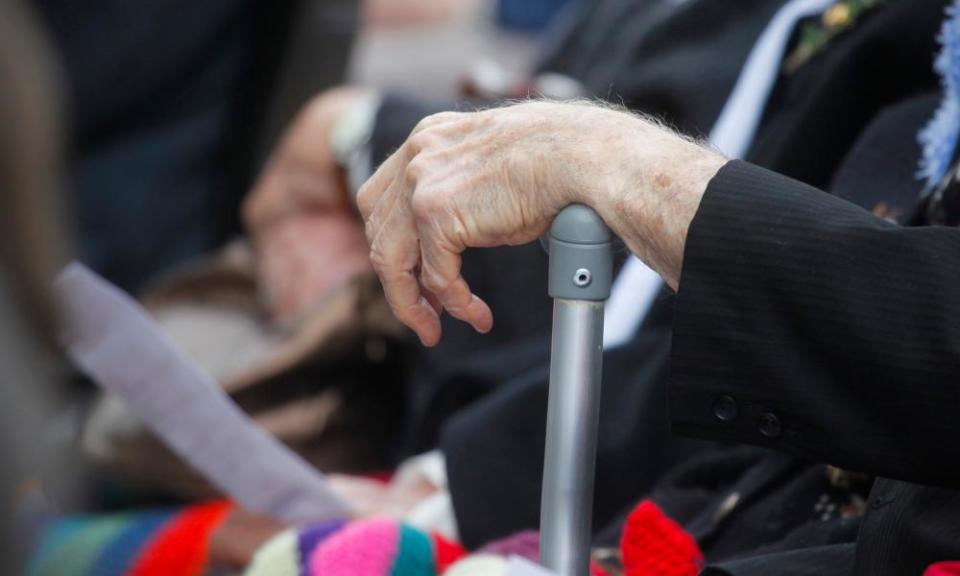Aged care providers with Covid-19 cases had to ask for PPE from emergency stockpile

Eighty aged care providers that either had confirmed Covid-19 cases or were facing “severe risk” to their ability to function were forced to ask for access to the government’s emergency stockpile of personal protective equipment in the past two weeks alone.
The new figure illustrates the significant difficulties the aged care sector is experiencing in securing PPE – including gloves, masks, and gowns – despite caring for the most at-risk age group.
One of the government’s key measures to address PPE shortages was to open up the national medical stockpile, an emergency reserve of medical equipment held in secret locations across the country.
Due to difficulty in accessing the stockpile, aged care providers were given a direct line to the health department to make requests for PPE from 17 March, instead of having to go through primary health networks or state governments, like other healthcare providers.
Since then, the department has told the Guardian it had deemed 80 of those requests to be high priority, because providers either had a confirmed case of Covid-19 or were facing “a severe risk to service provision”.
About 65 of those 80 priority requests had been granted as of Tuesday.
Related: Is Australia flattening the coronavirus curve? Look at the charts ...
“Due to limited supply of PPE in Australia, the department is reviewing and triaging requests for PPE from aged care providers based on need and urgency, with priority given to 80 requests that either have a confirmed case of Covid-19, or a severe risk to service provision,” a department spokesman said.
The official advice to other aged care providers is to “expect delays” in receiving PPE unless a confirmed case of Covid-19 has been recorded within “your facility, program or service”.
“The Department of Health will triage your request to determine priority and may be in contact with you for further information,” the advice said.
“Once approved the request for supplies will be shared with the National Incident Room who will work with your state or territory government to distribute the supplies.
“It is important to remember that if you do not have a confirmed case of Covid-19 within your facility, program or service you should expect delays in receiving your PPE due to the increase in demand.”
The Council on the Ageing has also expressed concern about the impact on home care for older Australians.
The vast majority of older Australians who receive some form of care receive it at their home, rather than in a residential facility.
But the Cota Australia chief executive, Ian Yates, said some home care recipients had become so anxious about the pandemic that they were not allowing carers into their homes if they were not wearing PPE, even in circumstances where such equipment was not needed.
“I wouldn’t over-exaggerate it, but it’s not uncommon, because there’s so much fear,” he told the Guardian.
Yates said he had been lobbying the government for weeks to publish guidelines on home care service provision, including guidance on when PPE was needed and when it wasn’t.
“I’m amazed that it hasn’t gotten more priority, given more than 1 million people receive some form of care at home,” he said.
Education was needed to tell older Australians that, while they were vulnerable, they didn’t need to “isolate themselves off from the whole world”, he said.
He said there was significant misunderstanding of what social distancing measures actually meant for older Australians, including the “absolute nonsense” suggestion that they can’t use their own gardens or backyards.
The level of fear was causing people to deny home care, which was a significant risk, he said.
“It’s significant, it depends obviously on the kind of support, but even cleaning, if they then try and do it themselves, that is a risk,” Yates said.
“To the degree that they are getting support for personal stuff, showering and so on, that’s clearly a significant risk.”

